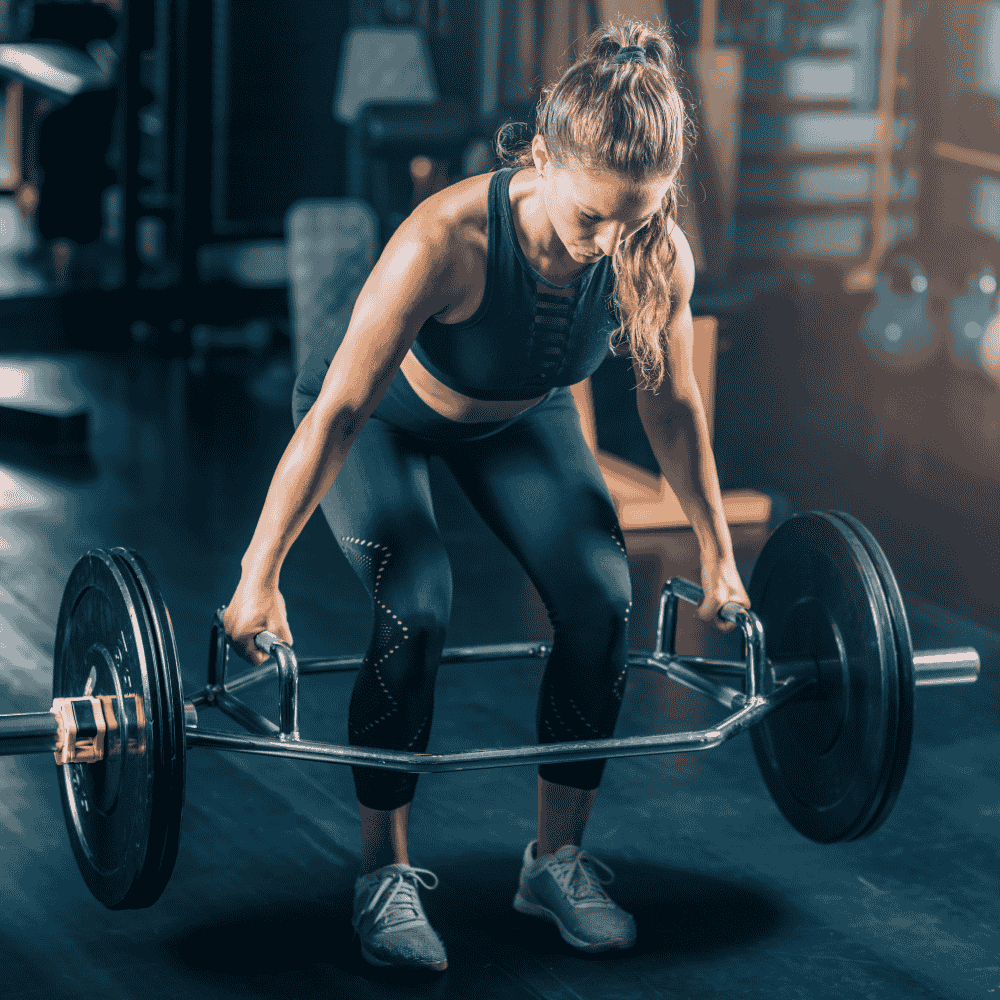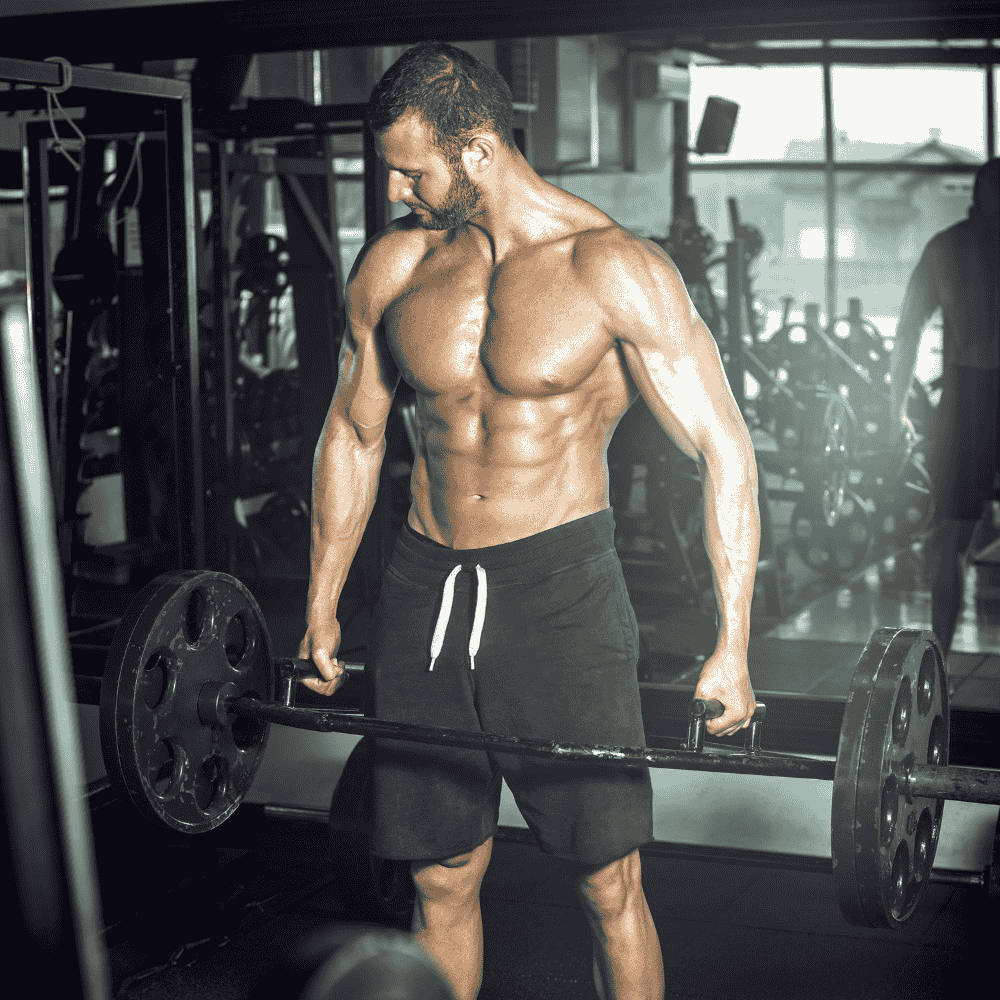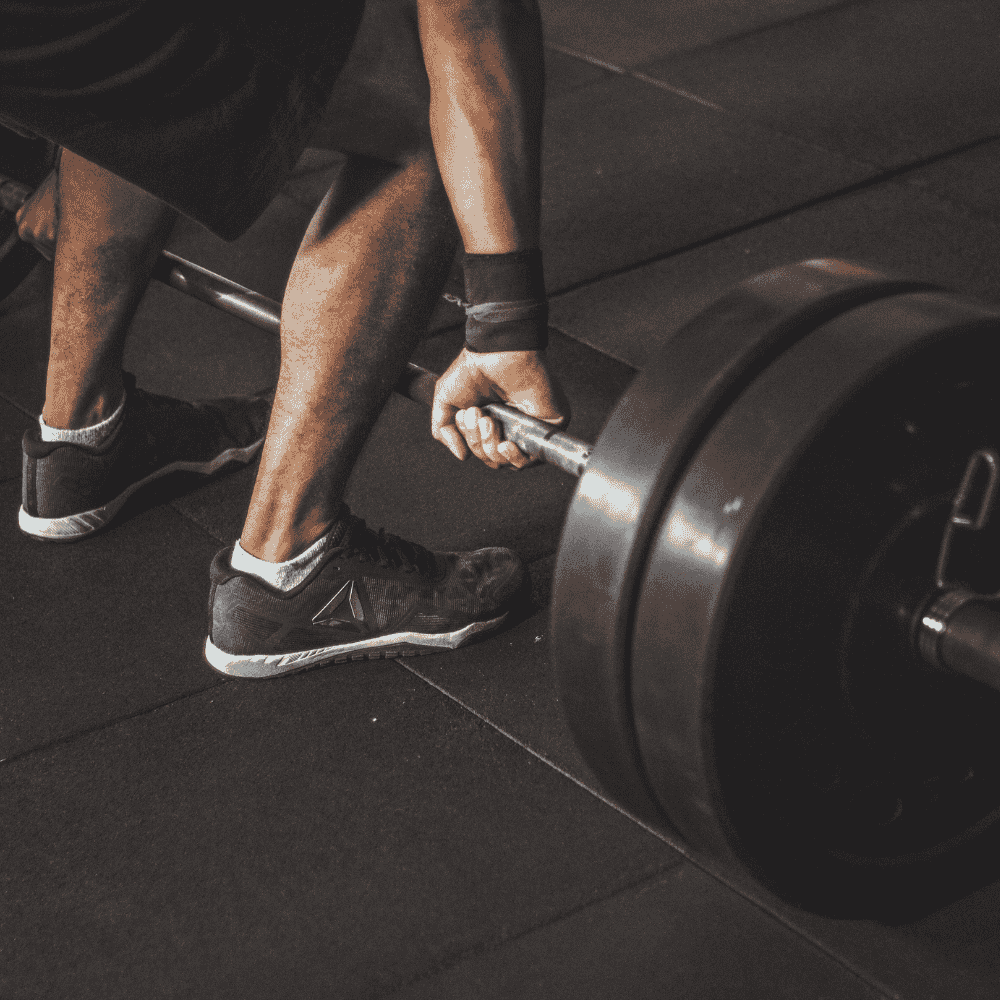Weight plates are versatile pieces of equipment that can add a whole new dimension to your workout routine.
Often associated with traditional exercises like squats and lunges, weight plates offer creative ways to challenge your muscles and elevate your training.
In this article, we explore five innovative exercises that incorporate weight plates, provide detailed instructions on proper form, and offer tips to safely integrate these moves into your fitness regimen.
Introduction to Weight Plate Training
Weight plate training is more than just adding extra resistance; it’s about enhancing stability, boosting muscle engagement, and introducing variety into your workouts.
These plates are available in various sizes and weights, making them perfect for tailoring exercises to your strength and conditioning levels.
By utilizing weight plates, you can target multiple muscle groups simultaneously while also developing coordination and balance.
Whether you’re a beginner or an experienced athlete, weight plate exercises help diversify your routine and keep your body adapting and growing stronger.

Top 5 Weight Plate Exercises
Below are five dynamic exercises designed to target different muscle groups. Each exercise is broken down into detailed steps, along with practical tips to ensure you maintain proper form and maximize benefits.
1. Plate Loaded Lunges
How to Perform Plate Loaded Lunges
Plate loaded lunges are ideal for building lower body strength and stability.
To begin, choose one or two weight plates that suit your current strength level.
You can hold a weight plate in each hand at shoulder height or, if you prefer a more concentrated challenge, hold a single plate across your chest.
Step forward into a lunge position, ensuring that your front knee is aligned with your ankle. Lower your back knee towards the floor while keeping your upper body upright.
Push through your front heel to return to the starting position and then alternate legs.
Benefits and Tips
- Lower Body Activation: This exercise intensively works your quadriceps, glutes, and hamstrings.
- Core Engagement: Maintaining balance during the lunge also challenges your core muscles.
- Tip: Start with lighter weights until you master the form, then gradually increase the load to build strength without risking injury.
2. Plate Thrusters
Execution Technique
Plate thrusters are a full-body powerhouse move.
Start by holding a weight plate in both hands at chest height. Lower into a deep squat position, ensuring that your back remains straight and your knees track over your toes.
From the squat, explosively extend your hips and knees to stand up while simultaneously pressing the weight plate overhead.
Control the movement as you lower the plate back to chest height and descend into the squat for the next repetition.
Muscle Groups Targeted
- Legs and Glutes: The squat component primarily works your lower body.
- Shoulders and Core: The overhead press and explosive movement also engage your shoulders and core for stability.
- Tip: Keep your movements controlled to avoid jerking motions that might compromise form.
3. Plate Russian Twists
Proper Form for Russian Twists
Russian twists are a fantastic exercise for your obliques and overall core stability.
Sit on the floor with your knees bent and feet elevated off the ground to challenge your balance. Hold a weight plate with both hands at your chest.
Lean back slightly, keeping your spine straight, and engage your abdominal muscles.
Twist your torso to one side, moving the weight plate beside your hip, then return to the center and twist to the other side.
Core Strengthening Advantages
- Oblique Focus: This exercise specifically targets the side muscles of your abdomen.
- Improved Rotation: Enhances your ability to twist and turn, which is beneficial for various sports and daily activities.
- Tip: Keep the pace moderate to maintain control and maximize muscle engagement.
4. Plate Push-Ups
Modifications for Increased Challenge
Plate push-ups take a classic exercise and elevate it by introducing weight plates.
Begin in a plank position with your hands resting on weight plates placed directly under your shoulders.
Lower your chest towards the floor while keeping your elbows close to your body.
Push through your palms to return to the starting position.
For those seeking an added challenge, try performing push-ups on an unstable surface like a stability ball or Bosu ball while still using the weight plates.
Upper Body Focus
- Chest and Triceps: This variation intensifies the workout for your chest and arms.
- Core Stability: Maintaining a solid plank position ensures that your core remains engaged.
- Tip: Ensure that your weight plates are secure and do not slip, as stability is crucial for maintaining proper form.
5. Plate Deadlifts
Step-by-Step Guide
Plate deadlifts are excellent for building overall strength, particularly targeting the posterior chain, which includes your hamstrings, glutes, and lower back.
Stand with your feet hip-width apart and place a weight plate on the ground between your feet.
Hinge at the hips while bending your knees slightly, and reach down to grasp the weight plate with both hands.
Keeping your back flat and your core tight, stand up by driving through your heels and squeezing your glutes at the top.
Lower the weight plate back to the ground in a controlled manner and repeat.
Strengthening Your Posterior Chain
- Posterior Engagement: This exercise effectively targets muscles crucial for posture and lifting mechanics.
- Form Focus: Proper form is essential to avoid back injuries.
- Tip: Start with a manageable weight and focus on the movement’s form before increasing resistance.
Integrating Weight Plate Exercises into Your Routine
Tips for Safe and Effective Training
To maximize the benefits of weight plate exercises, it is crucial to combine them with a well-rounded training program.
Focus on:
- Gradual Progression: Start with lighter weights and slowly increase as your strength improves.
- Warm-Up and Cool-Down: Always incorporate dynamic warm-ups and stretching to prepare your muscles and prevent injury.
- Consultation: Consider seeking advice from a fitness professional to ensure your technique is correct.
Building a Balanced Exercise Regimen
Integrating weight plate exercises into your workout routine can add variety and intensity. However, balance is key:
- Variety: Alternate weight plate exercises with bodyweight movements, cardio, and flexibility training.
- Recovery: Allow adequate rest between workouts to let your muscles repair and grow stronger.
- Consistency: Regular practice will yield the best results, enhancing both strength and overall fitness.
By following these guidelines and incorporating the five exercises discussed, you can take full advantage of the versatility of weight plates.
This approach not only diversifies your training routine but also challenges different muscle groups for a more comprehensive workout.
Embrace the challenge, stay consistent, and enjoy the journey to greater strength and improved fitness with weight plates!










